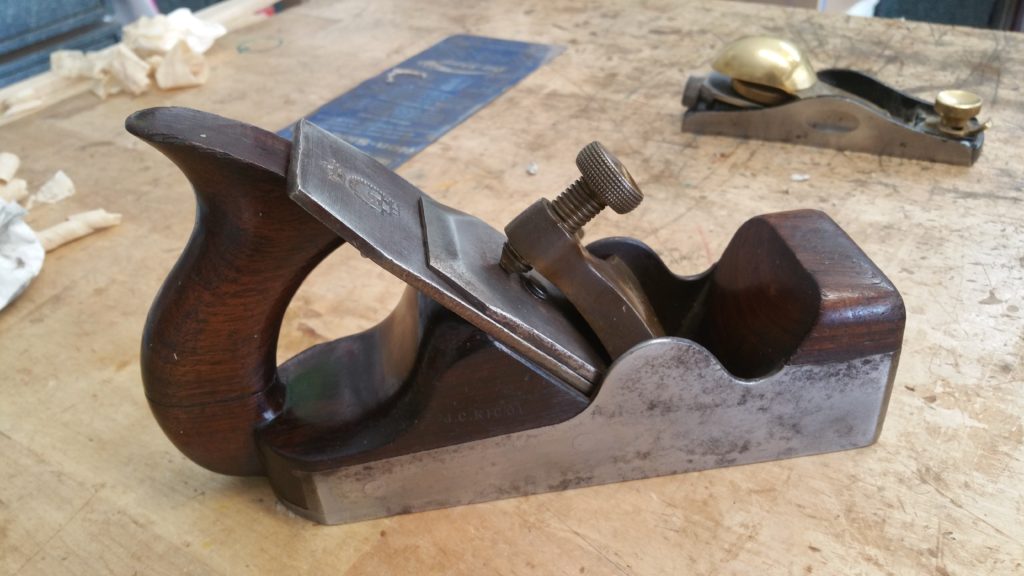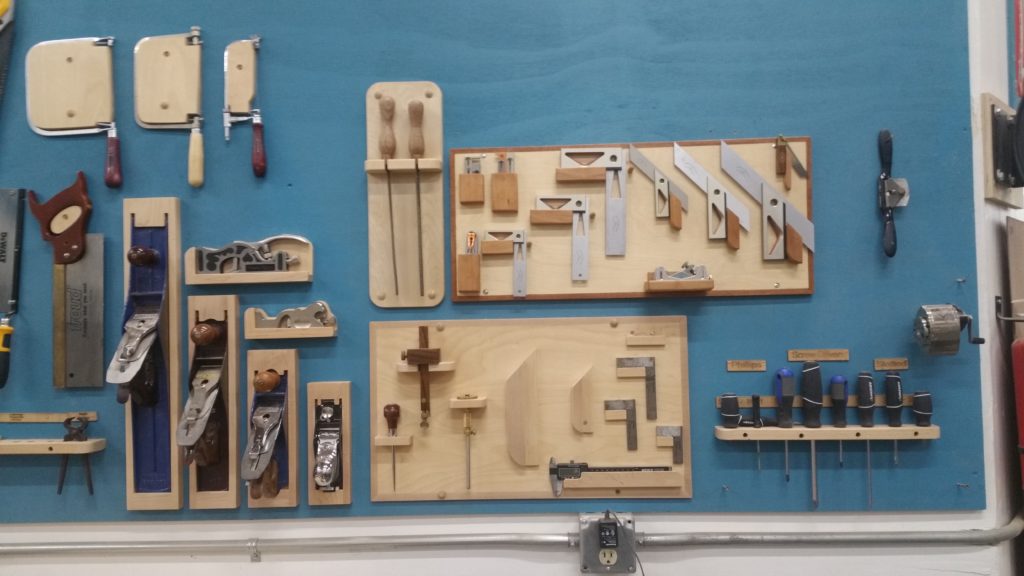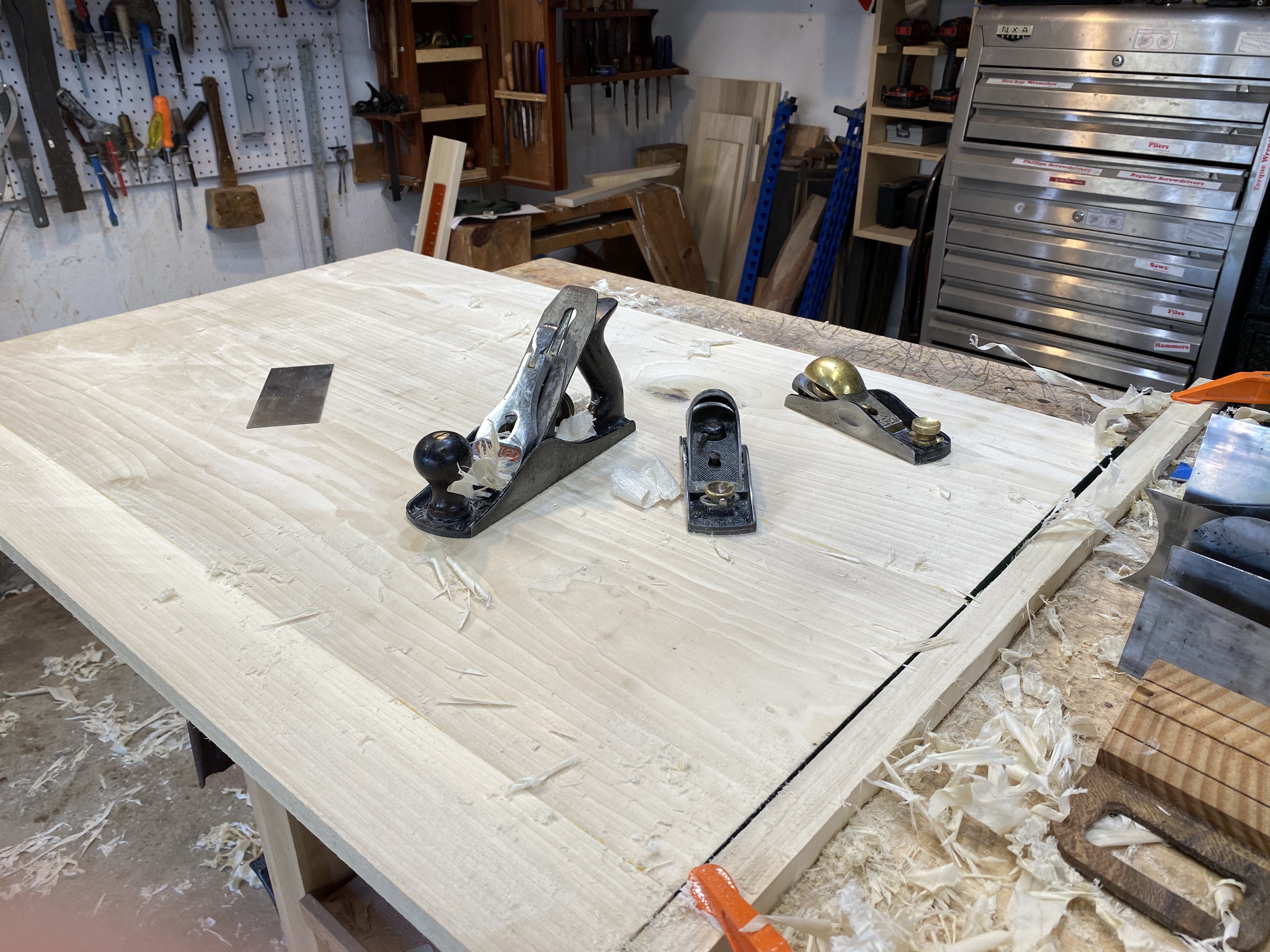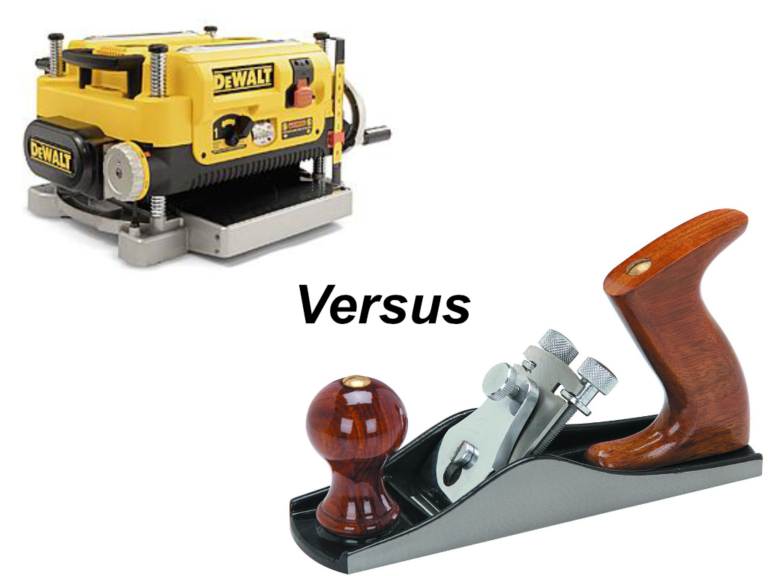Much of my life has required setting and working towards deadlines, both at work and in my personal life. Many years in the workforce gave me a “production” mindset that is embedded in my psyche. As I approached retirement I began to think about how to redirect that mindset when the much anticipated day arrived.
A life long tinkerer and home improver, I had always wanted to do something with wood, but was not sure exactly how or where to get started or even what kind of woodwork I wanted to do.
Then, about nine years ago my wife asked me to make a mantel shelf above the fireplace in our home. We decided that I would attempt to make a wooden mantel shelf as the first step in remodeling the fireplace. I used an old router I had acquired while installing hardwood floors in a previous home to trim the edges and create miter joints on some recycled maple boards. The end result surprised me enough that it awoke the latent woodworker in me.
I started to gather tools and read about woodwork. The new router, skillsaw and jigsaw I bought were, initially, my only serious woodworking machines and I started making simple projects such as shelves and floor lamps from books and magazines.
A few productive and very noisy years passed as I built some skills and upset my neighbors peace and quiet. We retired, did some traveling and after a couple of years I enrolled in the woodwork program at Palomar College. There I started by learning how to use all kinds of neat machines followed by Hand Tool Joinery, Carving, Furniture Design, Plane Making and others.
During this period I increasingly found that maintaining and working with hand tools is, for me, a way to defy the tyranny of time. The notion of productivity as a measure of achievement diminishes and the sheer pleasure of working the wood with brain, body, tools and bench becomes an end in itself. If the outcome is both practical and attractive, all the better!
This joy in working, as well as the desire to make things that I find beautiful, makes woodworking everything I wanted it to be and a little more. The gentle pace of hand tool work has become, for me a welcome antidote to the frenetic pace of modern life.

The Hand Tool Special interest group was created in order to provide a forum for anyone who has any interest in hand tools.
Contrary to popular perception, there are plenty of high quality used and new hand tools out there at reasonable prices and. If you are discerning and willing to put some time and effort into your tools you can build an excellent working kit on a reasonable budget.

Until the advent of the Industrial Revolution in England and northern Europe almost all western manufacturing was done in cottage industries using traditional, mostly hand operated tools, and required skills handed down since medieval times through the guilds and their apprenticeship programs.
Since that time, the world of both commercial and non-commercial woodworking has been largely mechanized. Making a living with hand tools is rarely a viable proposition today. This industrialization has spawned many new ways to make and assemble furniture using machines and the old methods have largely died off since the Second World War.
Machine woodworking has unquestionable advantages of speed and repeatability, however it also has a few downsides can be discouraging. Machines tend to be rather noisy, take up square footage in your working space and create a lot of fine dust that often needs more noisy machinery to remove it.

While machinery has largely replaced the need for hand tools, most woodwork machines are designed to do the same work that was formerly done by one or more hand tools and human skill.
In order to demonstrate this direct connection to the past the Hand Tool SIG on Saturday 23rd is going to be about machines!
What we will do is to take you on a Zoom tour of the machinery in the SDFWA member shop while simultaneously showing you the tools they replaced.
So join us at 10.00am on Saturday January 23rd for a bridge to the past.

